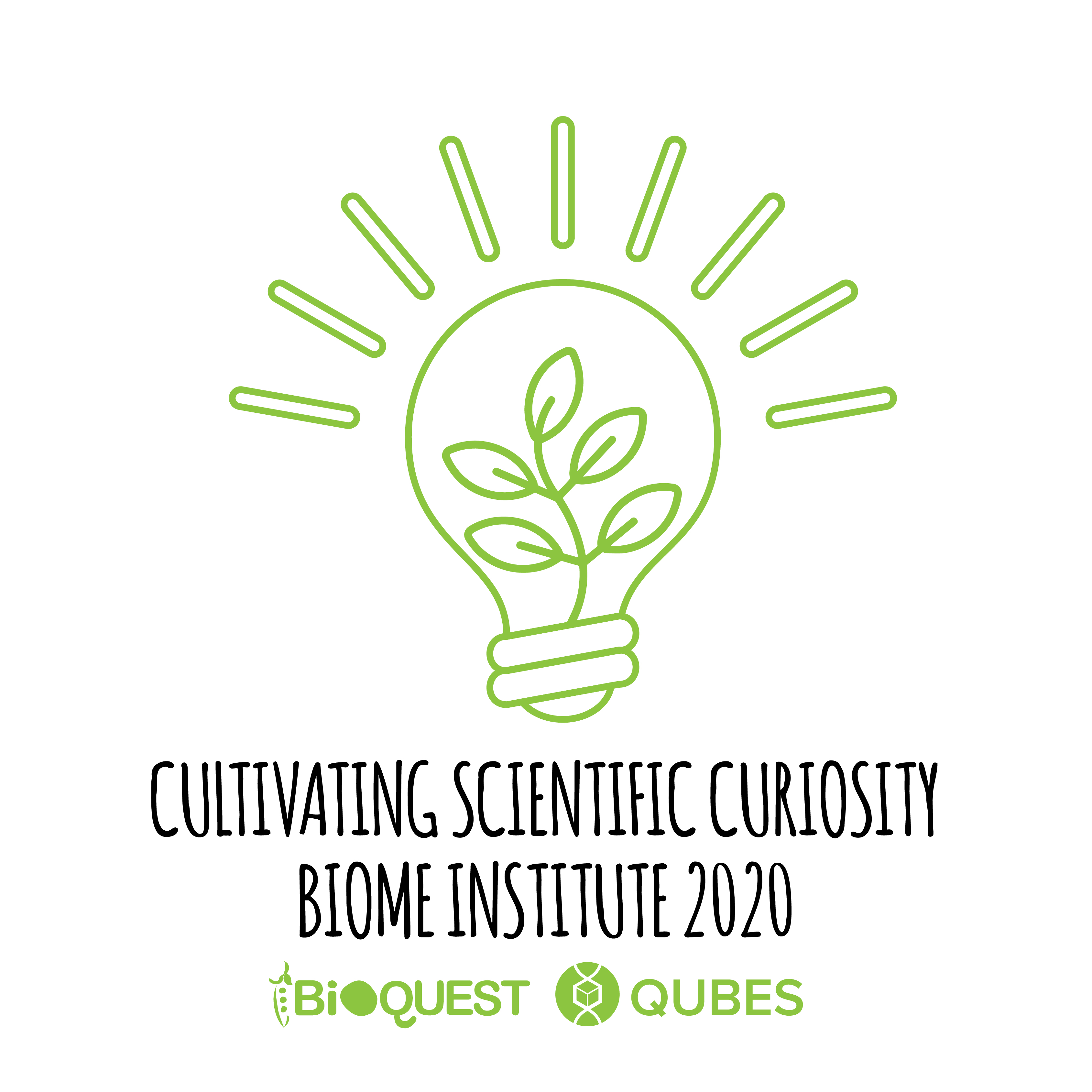Exploring multiple approaches to engage underrepresented students in research with natural history collections.
Author(s): Molly Phillips1, Adania Flemming2, Jeanette Pirlo3, David Blackburn4
1. iDigBio, Florida Museum of Natural History, University of Florida 2. iDigBio, FLMNH 3. University of Florida, Florida Museum of Natural History 4. Florida Museum of Natural History, University of Florida
2128 total view(s), 756 download(s)
Description
Natural history collections contain records of life on earth including unique and rare specimens of extinct species and temporal information on changes in the distributions of native and introduced species. Associated with these collections are personnel that manage and care for these resources and their associated data, and these people serve as both resources and mentors. The collections (objects and data) and the collection personnel are an excellent conduit for introducing and preparing undergraduate students from underrepresented backgrounds for a myriad of careers in STEAM while equipping them with 21st century skills to successfully matriculate as the next STEAM workforce. Programs designed to serve underrepresented students exist on a continuum of how many people you can reach versus how deeply you can support everyone. Increasing reach is often at the detriment to impact and vice versa.
Building from the undergraduate Introduction to Natural History Collections course model created by Flemming et al., the iDigBio team has leveraged natural history collections in a 3-pronged approach designed to engage undergraduates from underrepresented groups in collections-based research at multiple levels and create synergy within our institution around the common goal of broadening representation in the biological sciences. The three programs include a two-day biological career conference and fair created in collaboration with the University of Florida TRIO programs (large reach, shallow impact), a semester-long introduction to natural history collections course (intermediate reach, higher impact), and a paid, collections-based research summer internship program (limited reach, highest impact). Each program has been created to function independently, but also work synergistically for students that participate in multiple activities. During this session we will elaborate on the benefits and drawbacks for each program and explain how these programs can be adopted at other institutions to leverage natural history collections to help provide undergraduate with necessary research experience.
Cite this work
Researchers should cite this work as follows:
- Phillips, M., Flemming, A., Pirlo, J., Blackburn, D. (2020). Exploring multiple approaches to engage underrepresented students in research with natural history collections.. Cultivating Scientific Curiosity, QUBES Educational Resources. doi:10.25334/1FPC-KQ95
